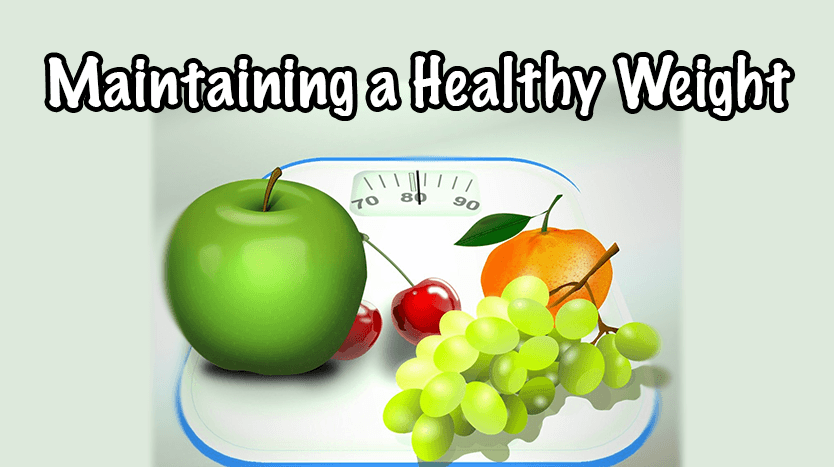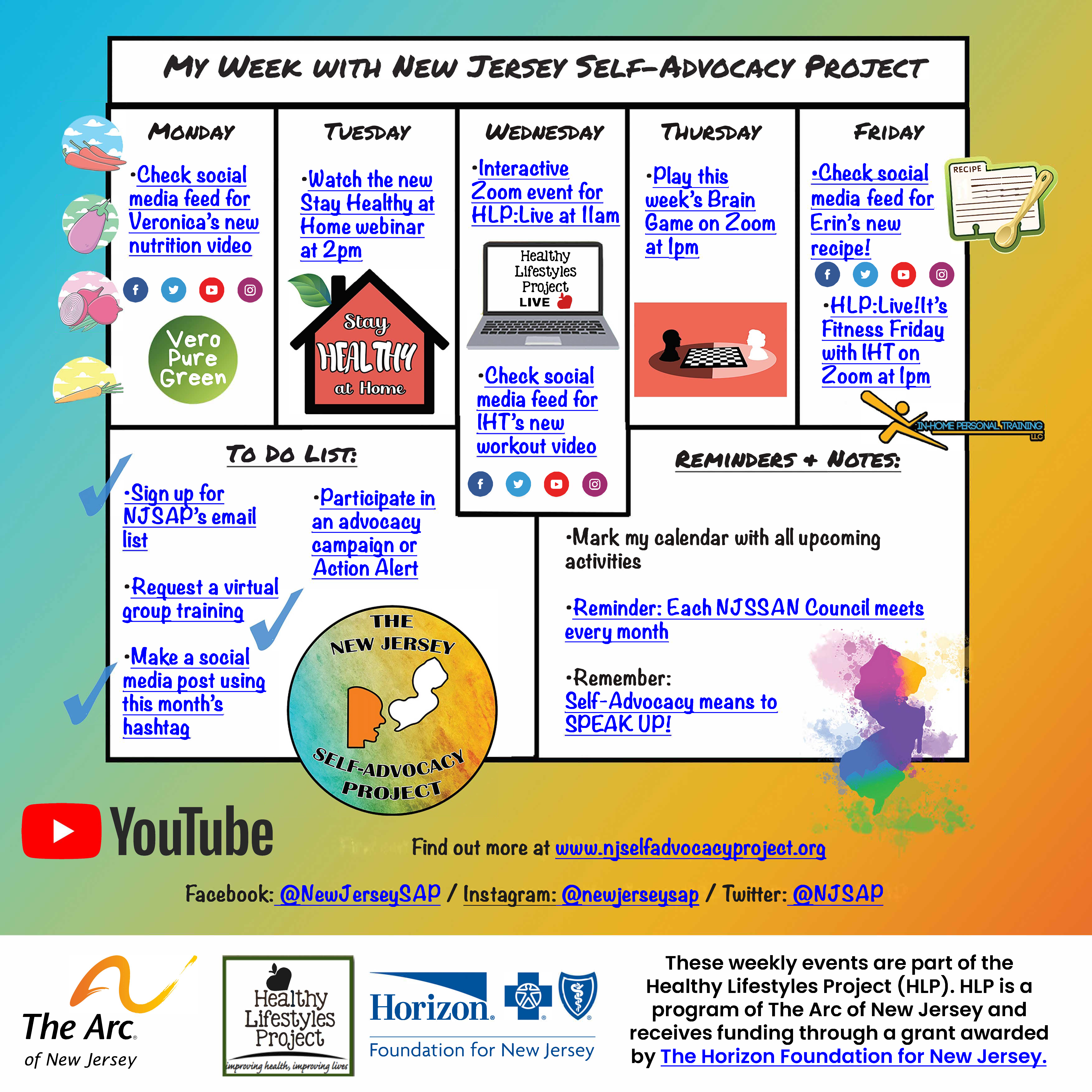
Welcome to the Positive Pulse blog! Check in with us each month for tips on healthy living, right on our website. A short snippet will be featured in the Positive Pulse monthly newsletter as well, which you can sign up for here.
We're back this month with some more tips on healthy living; this time our focus is maintaining a healthy weight.
When you have healthy eating habits, you’ll feel better and live longer! It lowers yours risk for for serious health problems such as heart disease, type 2 diabetes, and obesity.
What Does a Healthy Eating Plan Look Like?
- It emphasizes fruits, vegetables, whole grains, and fat-free or low-fat milk or milk alternatives.
- It includes a variety of high protein foods. Healthful options include seafood, lean meats and poultry, eggs, legumes (beans and peas), soy products, nuts, and seeds.
- It is low in added sugars, sodium (salt), saturated fats, trans fats, and cholesterol.
- It keeps you within your daily calorie needs.
What Are My Calorie Needs?
- This depends on your age, gender, activity levels and if you are looking to gain, lose, or maintain weight.
- You can use https://www.myplate.gov/myplate-plan to help calculate your needs. An average man needs 2,500 calories a day and an average woman needs 2,000 calories a day but these can vary based on the above. You shouldn’t go below 1,200 even if you are trying to lose weight.
- If eating less is to lose weight is difficult, try adding more exercise! You should always do your best to stay active to avoid muscle loss when dieting.
When you are very active, make sure you are also eating enough to give you the energy you need.
How Can I Tell If My New Plan Is Working?
- This will depend on your goals. Use a scale to measure weight, a measuring tape to measure body proportions, keep a diary of your mood and energy levels, or check in with your doctor.
- Don’t weigh yourself too often. Minor weight fluctuations are normal but can be confusing or disheartening.
- Start with small changes and give yourself a month to see results. If you are not seeing progress, adjust your plan and try again.
- Try not to make changes you won’t be able to stick with in the future.
RESOURCES:
https://www.cdc.gov/healthy-weight-growth/healthy-eating/index.html

